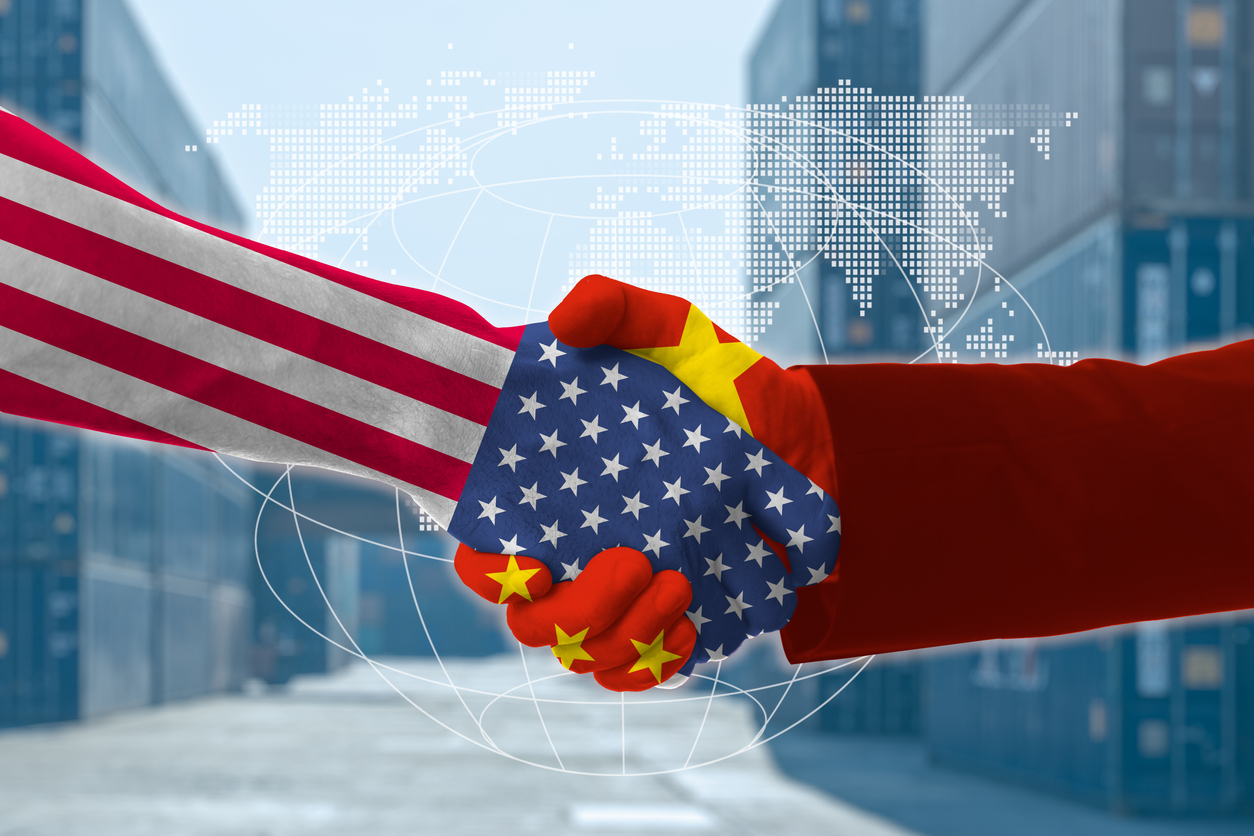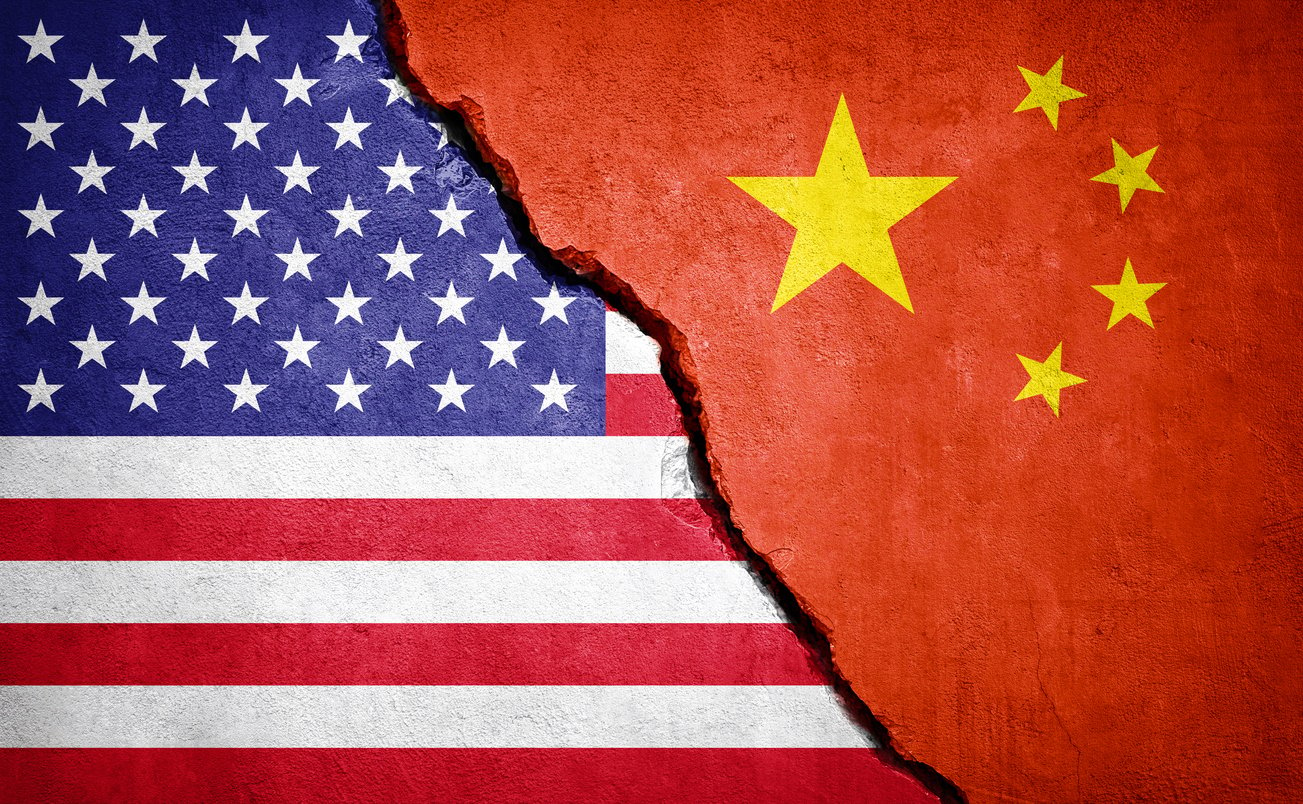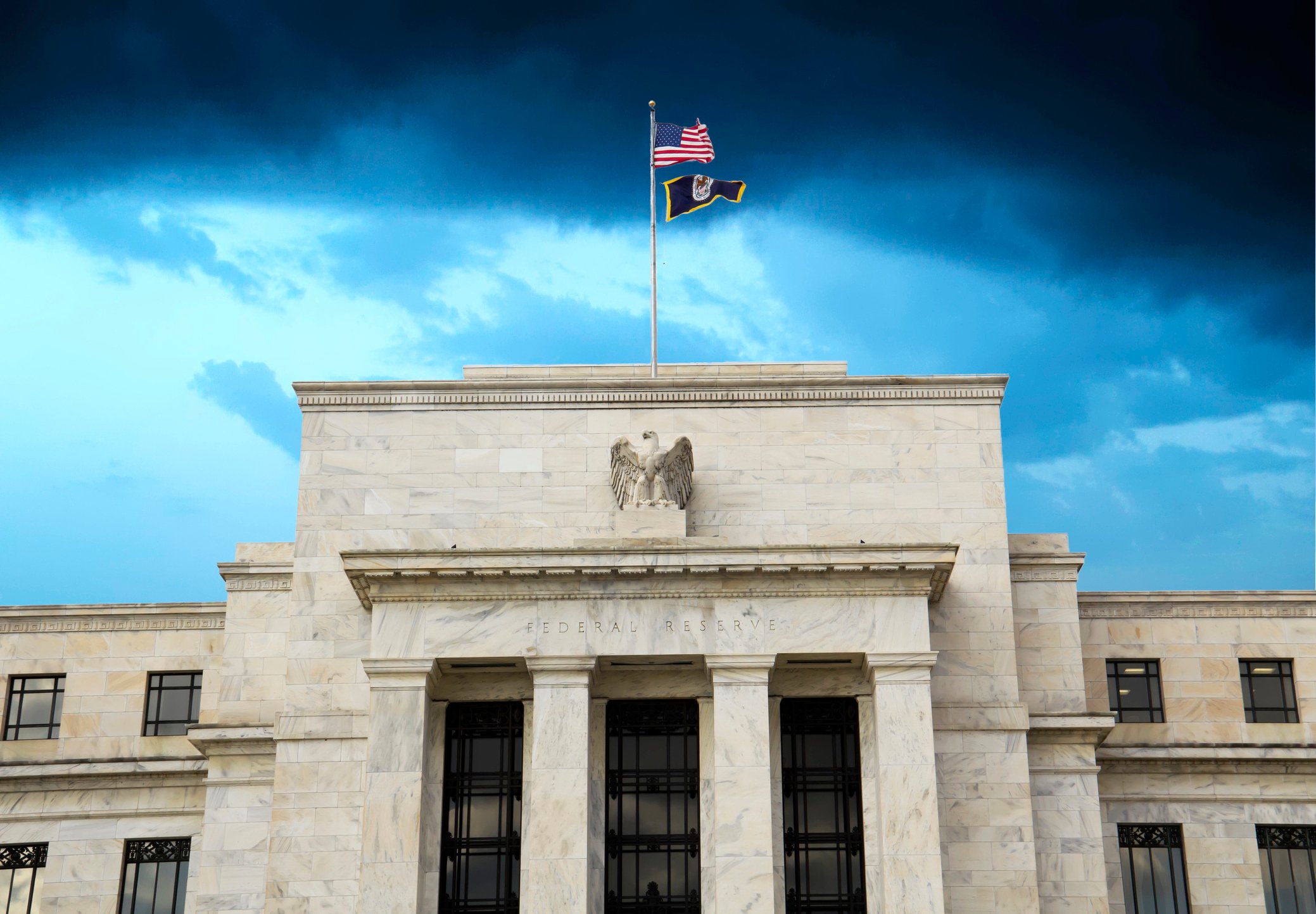A Landmark Shift in U.S. Pharmaceutical Pricing Policy
President Trump’s Most-Favored-Nation (MFN) drug pricing agreement with Pfizer represents one of the most significant shifts in U.S. pharmaceutical policy in decades. Under this deal, drug prices in the U.S. will be tied to the lowest prices in other developed nations, effectively ending the long-standing system where Americans shouldered disproportionately higher costs. Pfizer agreed to provide discounts of up to 85% on specific products and committed to investing $70 billion in U.S. manufacturing in exchange for a three-year exemption from tariffs. For patients, the policy delivers immediate relief: medicines such as Eucrisa, Xeljanz, and Zavzpret will see discounts ranging from 40% to 80%, lowering costs for millions of Americans covered under Medicaid or purchasing directly through future government platforms like TrumpRx.gov.
Markets Cheer Cooperative Policy Approach
The market response to the announcement was unexpectedly positive. Shares of major U.S. pharmaceutical firms, including Pfizer, Eli Lilly, Merck, AbbVie, and Bristol Myers Squibb, rose between 2% and 7% following the news. Investors had long feared an abrupt, punitive approach from the Trump administration—such as sweeping tariffs or unilateral caps without negotiation. Instead, the Pfizer deal signaled a more cooperative path, giving companies time to adjust while providing clarity on the rules of engagement. This outcome reduced uncertainty, a factor that had weighed on valuations for years. In the short term, the sector has benefited from what many analysts see as the removal of a policy overhang.
Disrupting a Profitable Status Quo
Yet beneath the relief rally lies a more challenging long-term reality. For years, U.S. drugmakers relied on charging far higher prices domestically to compensate for heavy discounts abroad, with America accounting for roughly three-quarters of global pharmaceutical profits despite making up less than 5% of the world’s population. The MFN framework disrupts this model. By compressing U.S. pricing power, the policy is likely to slow revenue and margin growth across the sector. Companies with deep pipelines and strong R&D output, such as Eli Lilly, are better positioned to offset this pressure by developing new blockbuster drugs. In contrast, firms like AbbVie and Bristol-Myers, which face looming patent expirations and rely heavily on U.S. revenue streams, may find it more challenging to adapt to these changes.
Political Pressure Forces Industry Recalibration
The political backdrop further underscores the significance of the stakes. President Trump has indicated that Pfizer’s deal is the first of many, with other major drugmakers expected to sign similar agreements. Those unwilling to comply face the threat of a 100% tariff on branded pharmaceutical products unless they commit to building U.S. manufacturing facilities. This creates a high-pressure environment where companies must either sacrifice near-term profitability through price cuts or risk losing critical access to the American market. In effect, the policy forces a recalibration of business models across the industry.
Winners and Losers Emerge in a Diverging Sector
For investors, the sector is entering a period of heightened divergence. The winners will be large-cap firms with the resources to scale U.S. production, invest in innovation, and absorb thinner margins while continuing to grow earnings. Pfizer, by moving first, secured goodwill from the administration and removed uncertainty for its shareholders. The losers will be smaller or less diversified companies that cannot reinvest profits into new drugs or shift supply chains effectively. Biotechs dependent on premium U.S. pricing for funding innovation could be particularly vulnerable, as compressed margins make it harder to justify high development costs.
A New Era for Drug Pricing and Investment Strategy
The MFN initiative delivers tangible benefits to patients and removes near-term uncertainty for investors, which explains the sector’s positive reaction. However, the longer-term landscape is one of structural change. The era of outsized U.S. profits is coming to an end, giving way to a model that prioritizes affordability and domestic production. For equity investors, this means distinguishing between companies that can adapt and innovate and those that will struggle under tighter pricing constraints. Pfizer’s first-mover advantage positions it favorably, but as similar deals extend to peers, the entire sector must navigate a new normal where pricing power is no longer a given, and long-term performance will hinge on operational agility, R&D strength, and political alignment.
EXPLORE MORE POSTS
Markets Reprice: Fed Confusion Meets Overheated Tech
U.S. equities saw a sharp reset on Thursday, with the S&P 500 dropping 1.7%,...
Read Moreby Jerry Yuan
Navigating the New Macro Regime: Quantel’s October 2025 Results
Quantel's Premium Portfolios delivered another strong month in October 2025,...
Read Moreby Shyam Sreenivasan
Top 10 Tax Planning Strategies for Hni Commercial Brokers
High-net-worth commercial brokers stand at the intersection of deal-making and...
Read Moreby Irman Singh
Triple Shock Hits Wall Street: Liquidity, Shutdown, Sentiment
U.S. markets are falling due to liquidity stress, government shutdown...
Read Moreby Jerry Yuan
Keep More of What You Earn : Tax Strategies for Physicians
Physicians often find themselves in some of the highest effective tax brackets...
Read Moreby Irman Singh
Trump-Xi Truce in South Korea - A Fragile Pause for Markets
The U.S.–China truce cools trade tensions and supports risk appetite, but it’s...
Read Moreby Jerry Yuan
Intelligent Tax Planning for America’s Wealth Builders
by Irman Singh
Cooling Inflation Paves Way for Fed Cuts, Lifts Equity Sentiment
Cooling inflation data reinforced confidence in a soft-landing scenario,...
Read Moreby Jerry Yuan
Illiquidity: The Silent Constraint in HNwI's Portfolios
Why even substantial wealth can feel inaccessible — and how to design...
Read Moreby Irman Singh
Market Shaken by Renewed U.S. - China Tensions & Credit Fears
Renewed U.S.-China trade tensions and banking concerns triggered a sharp global...
Read Moreby Jerry Yuan
Why a Traditional Financial Advisor May Be Failing You ?
For decades, the traditional financial advisor has symbolized trust, expertise,...
Read Moreby Irman Singh
Fed Minutes Show Split Outlook: Rate Cuts Expected, but Inflation Maintains Caution
Divided Fed, uncertain path ahead — rate cuts are coming, but sticky inflation...
Read Moreby Jerry Yuan
From Insight to Execution: The Algo Way
Algorithmic investing, once the domain of hedge funds and prop desks, has...
Read Moreby Irman Singh
Drug Prices Drop, Pharma Faces a New Game
by Jerry Yuan
AI and Investing : Smarter Decisions, Sharper Insights
Artificial Intelligence (AI) is transforming the way investment decisions are...
Read Moreby Irman Singh
U.S. Tariffs Reshape Markets : Inflation, Supply Chains, and Equity Risks
by Jerry Yuan
The Overlooked Basics of Family Office
Family offices are created to simplify wealth management, protect assets, and...
Read Moreby Irman Singh
First Fed Cut in a Year: Growth Hopes, Softer Backdrop
The Fed’s first rate cut since 2024 signals a cautious pivot as growth stays...
Read More




















